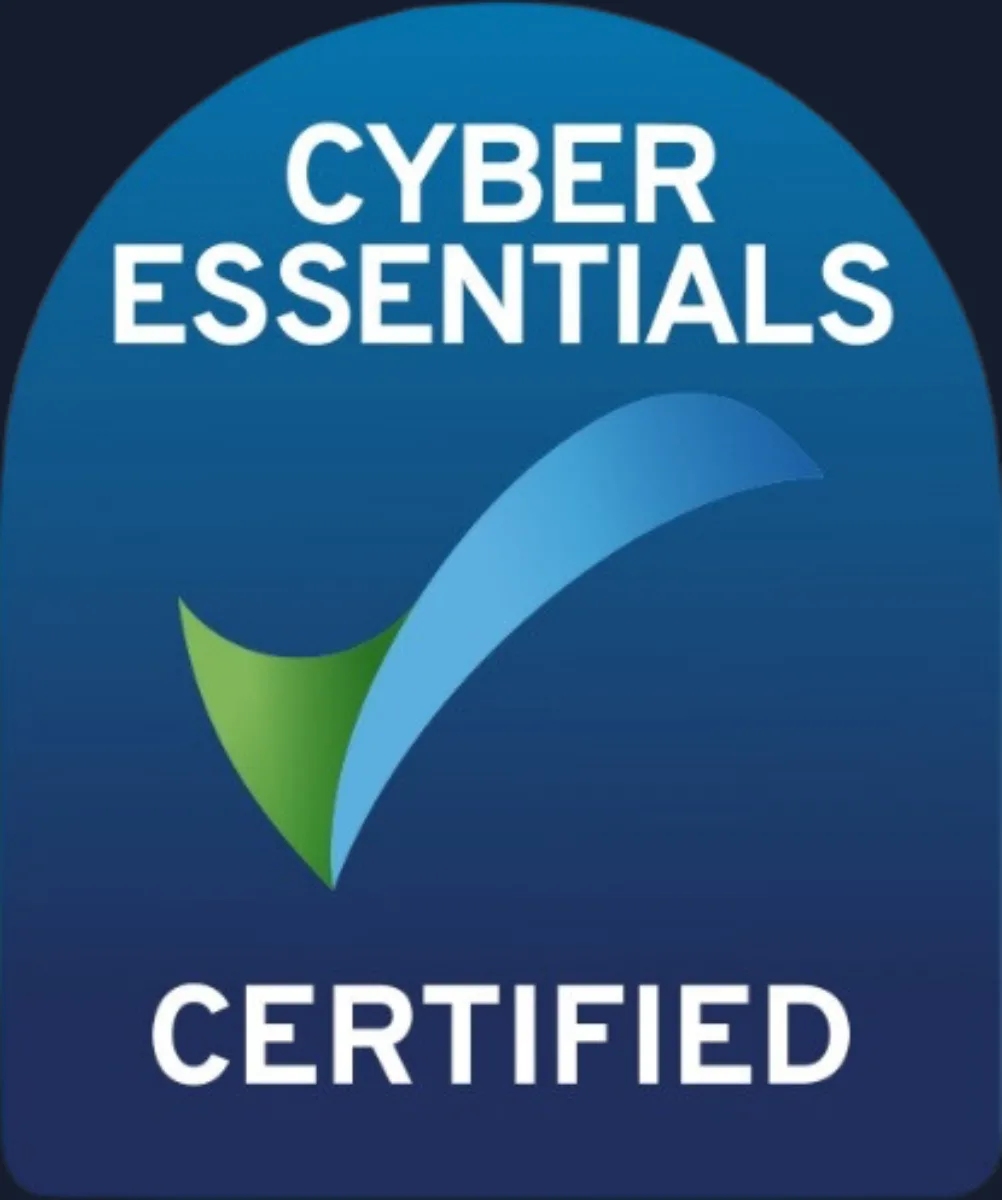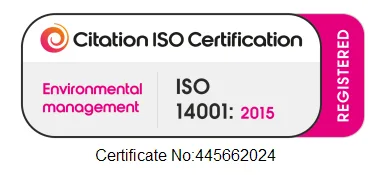In the ever-evolving world of business technology, companies face a critical decision: should they rely on managed IT services or maintain an in-house IT team? Both options have unique advantages and challenges, and the best choice depends on various factors, including your business size, industry, and specific IT needs. In this blog, we will compare the pros and cons of managed IT services and in-house IT teams to help determine which suits your business better.
Managed IT Services
Pros
1. Cost Efficiency
Managed IT services typically offer a cost-effective solution, especially for small to medium-sized businesses. Businesses can opt for a predictable monthly fee instead of bearing the expenses associated with hiring, training, and retaining a full-time IT staff. This model helps in better budgeting and reduces unexpected costs.
2. Expertise and Specialisation
Managed Service Providers (MSPs) employ IT professionals with specialised skills and extensive experience across various industries. This means your business can benefit from the latest technologies and best practices without investing in continuous training for an in-house team.
3. 24/7 Support and Monitoring
One of the standout benefits of managed IT services is round-the-clock support and monitoring. MSPs use advanced tools to monitor your systems at all times, ensuring any issues are detected and resolved promptly, thus minimising downtime and maintaining business continuity.
4. Scalability
As your business grows, so do your IT needs. Managed IT services offer the flexibility to scale your IT resources up or down based on your requirements. This scalability ensures your IT infrastructure can adapt to your business’s changing demands without substantial investments in new hardware or staff.
5. Focus on Core Business Activities
By outsourcing IT management to an MSP, your internal team can concentrate on core business activities, enhancing overall productivity and efficiency. This allows your staff to focus on strategic initiatives rather than being bogged down by IT issues.
Cons
1. Less Control
When you outsource your IT functions, you relinquish a certain level of control over your IT infrastructure. This can concern businesses that prefer direct oversight of their IT operations.
2. Potential Communication Issues
Working with an external provider might lead to communication challenges, especially if the MSP is not well-versed in your specific business processes and needs. Ensuring clear and consistent communication is vital to avoid misunderstandings.
In-House IT Team
Pros
1. Direct Control
Having an in-house IT team gives you direct control over your IT operations. This can benefit businesses that require tailored IT solutions and prefer hands-on management of their technology infrastructure.
2. Deep Understanding of Business Needs
An internal team is likely to have a better understanding of your company’s specific needs and processes. This familiarity can lead to more customised and effective IT solutions that align closely with your business goals.
3. Immediate Response
In-house IT staff can provide immediate assistance when issues arise, potentially reducing downtime and improving response times. Having team members on-site can facilitate faster troubleshooting and problem resolution.
Cons
1. Higher Costs
Maintaining an in-house IT team can be expensive. Costs include salaries, benefits, ongoing training, and IT infrastructure purchase and maintenance. For smaller businesses, these expenses can be prohibitive.
2. Limited Expertise
An internal team might lack the breadth of expertise that a managed service provider offers. Keeping up with the latest technology trends and best practices requires significant investment in training and development.
3. Resource Limitations
In-house teams may struggle with resource limitations, particularly during periods of rapid growth or increased demand. Scaling up IT capabilities can be challenging and costly, potentially hindering business expansion efforts.
4. 24/7 Availability Challenges
Providing round-the-clock IT support with an in-house team can be challenging and expensive. This might result in slower response times outside regular business hours, affecting business continuity.
Which Is Better for Your Business?
Deciding between managed IT services and an in-house IT team depends on your business’s unique needs, budget, and strategic goals. Here are a few considerations to help guide your decision:
- Budget Constraints: If cost efficiency is a priority, managed IT services may offer better value, especially for smaller businesses.
- Need for Control: If direct control over IT operations is crucial, an in-house team might be the better choice.
- Scalability Requirements: For businesses anticipating growth, managed IT services provide the flexibility to scale resources as needed.
- Expertise Needs: If your IT needs are complex and require specialised skills, partnering with an MSP can provide access to a broader range of expertise.
In conclusion, managed IT services and in-house teams have distinct advantages and disadvantages. By carefully evaluating your business’s specific requirements and weighing the pros and cons, you can make an informed decision that supports your long-term success.
For more detailed guidance on managed IT services and how they can benefit your business, consider exploring resources from reputable IT industry sources, such as Gartner
Recent Blogs
Related posts
Before You Renew: How to Review Your Current IT Provider
As the year draws to a close, you naturally start reviewing budgets and renewing supplier contracts – but what about your IT support? If your [...]
5 Ways to Make 2026 the Year Your IT Works Smarter, Not Harder
We associate New Years with a fresh start, so what better time to take a fresh look at the way your technology works for you. [...]
Is Your Provider Reactive or Proactive? How to Tell the Difference
Many businesses assume that their IT support is fine until something breaks. But there’s a big difference between a provider that reacts to issues and [...]








